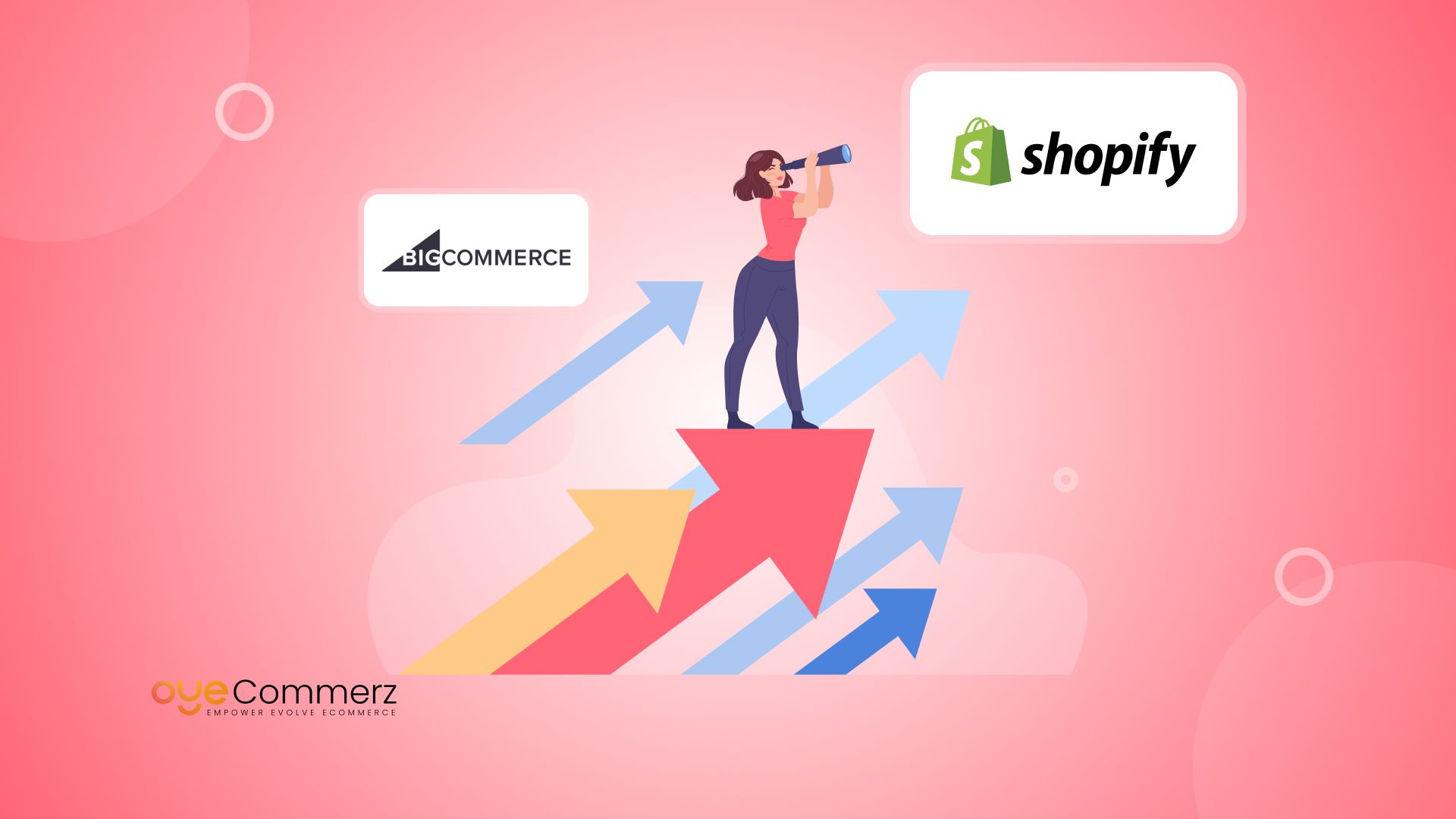Transitioning from WordPress to Shopify marks an exciting step in streamlining your e-commerce processes. As businesses expand, choosing a solution that aligns with scalability, UX, and customization is essential. Shopify is widely recognized as a favorite for e-commerce professionals, offering superior flexibility, data protection, and ease of use. In this guide, we will delve into the transformative impact of this migration, discuss the advantages, and provide practical tips to ensure a seamless move.
1. Top Reasons to Transition from WordPress to Shopify
The combination of WordPress and WooCommerce, has served countless e-commerce platforms. However, as companies expand, challenges like plugin dependency, data risks, and complex setups can hinder growth. Shopify, designed explicitly for e-commerce, addresses these concerns with an comprehensive, intuitive platform. Statistics back this transition—Shopify powers over 4.4 million websites globally, with a documented 10% boost to sales conversion rates for many businesses post-switch.
2. Shopify's Advantages for Thriving Online Stores
Shopify’s robust ecosystem caters for expanding businesses. Its notable features are:
- Seamless Customization: Shopify provides over 80 professionally designed themes.
- Integrated Tools: Features like Shopify Payments and built-in SEO streamline operations.
- International Expansion: Currency versatility and regional customization empower brands to reach global markets.
Additionally, Shopify delivers an uptime rate of 99.98%, guaranteeing your website is always operational.
3. Getting Ready for Your WordPress-to-Shopify Transition
Prior to starting the migration process, assess your current store. Analyze product data, client information, and SEO performance. Resources such as Shopify’s Migration Kit or third-party solutions can simplify this process. Create a detailed strategy, making sure all assets—product descriptions, media files, and articles—are ready for seamless import.
4. Data Migration: A Critical Step
Data migration is a cornerstone of a smooth platform switch. When migrating from WordPress to Shopify, prioritize:
- Inventory Details: SKU, item summaries, and groupings.
- Customer Data: Emails, order history, and preferences.
- SEO Optimization: Retain meta tags, URLs, and redirects to avoid SEO losses.
Leverage apps like LitExtension to facilitate seamless migration while reducing mistakes.
5. Tailoring Your Shopify Store to Fit Your Brand
After the move, personalizing your Shopify store ensures it aligns with your business identity. Utilize Shopify’s drag-and-drop editor to design pages effortlessly. Shopify's themes are optimized for all devices, providing a seamless user experience across devices—a critical factor, Shopify for small businesses since 74% of online shopping is generated by mobile visitors.
6. Maintaining SEO During Migration
SEO is vital for preserving your online presence during migration. Shopify excels in SEO with organized link formatting, built-in optimization tools, and smooth content management. Make sure you:
- Implement 301 redirects for old URLs.
- Optimize new pages with keyword-rich content.
- Leverage plugins like Plug in SEO to track analytics after the switch.
7. Post-Migration Testing
Once the migration is complete, conduct thorough testing.
Review: - Website speed (Shopify delivers faster speeds in contrast with WordPress).
- Functionality of payment gateways and checkout processes.
- Mobile responsiveness.
Testing ensures your store delivers a smooth shopping journey from day one.
8. Case Study of a Successful Migration
An example of effective platform switching is Gymshark, a sportswear company that moved to Shopify. Post-migration, the company experienced a 60% boost in mobile sales and significantly lowered site downtime. This highlights the potential of Shopify in driving online business success.
9. Overcoming Common Migration Issues
Migration is not without obstacles, such as information accuracy and reconfiguring custom functionalities. However, Shopify’s robust support and external professionals simplify the process. Partnering with Bulk migration to Shopify experienced Shopify developers helps guarantee a smooth transition.
10. Making the Switch: The First Step Toward Success
Migrating from WordPress to Shopify marks a forward-thinking approach to e-commerce. By addressing scalability, simplifying management, and enhancing the customer experience, Shopify empowers businesses to thrive in challenging industries.
Final Thoughts
Transitioning from WP to Shopify offers a smart solution that can greatly enhance your online business performance. With a robust migration plan, the appropriate resources, and expert support, you can unlock new success milestones.
Ready to make the leap? Reach out today to learn how our Shopify migration services can transform your e-commerce platform. Get in touch today, or ask yourself: Can your business afford to miss out on Shopify’s growth potential?
